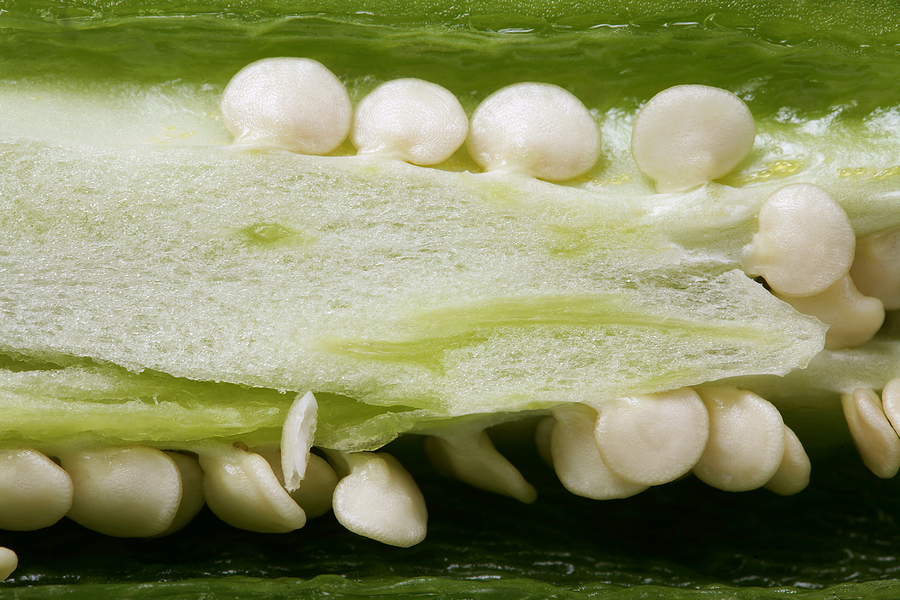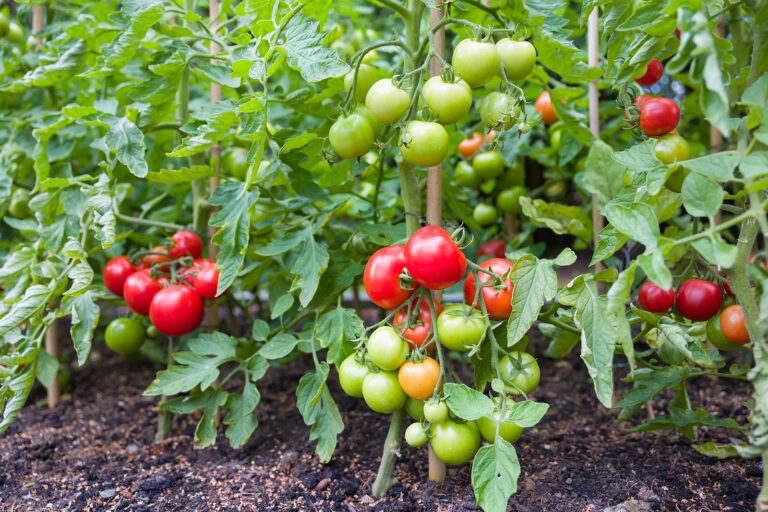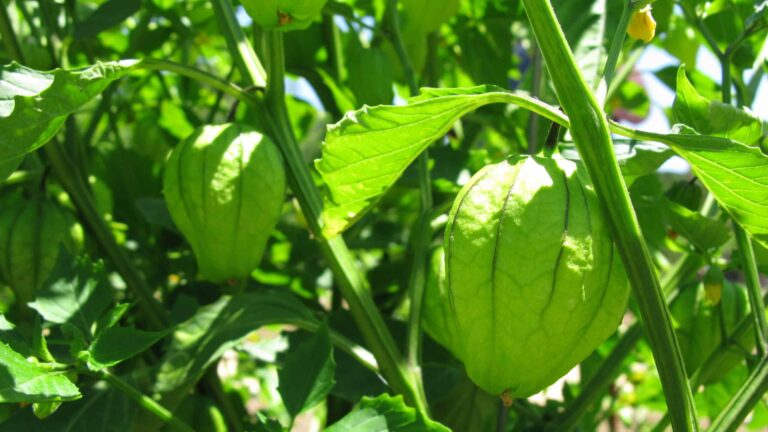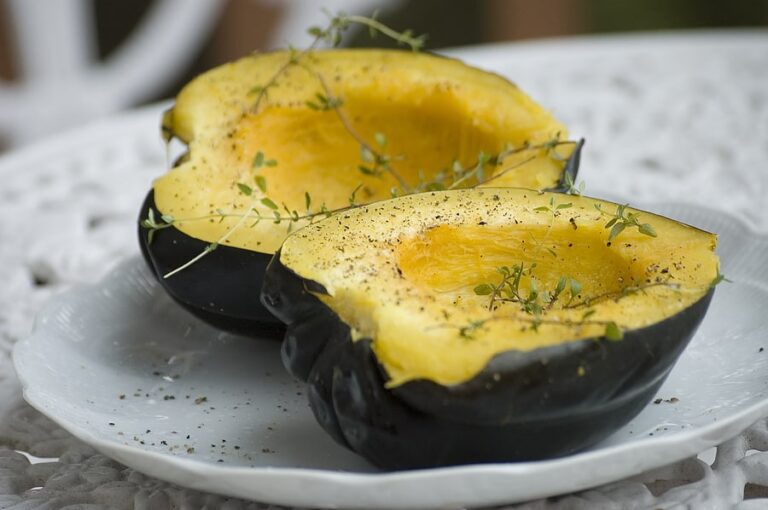How to Handle Hot Peppers Without Burning Your Skin
If you’ve ever cut a hot pepper and accidentally touched your face or eyes, you’re probably familiar with the intense burning sensation that can follow. As a passionate gardener who has grown everything from Jalapeños to Ghost Peppers, I’ve learned firsthand how important it is to handle these fiery fruits carefully. Hot peppers contain capsaicin, the chemical responsible for their heat, which can cause an intense burning sensation when it comes into contact with skin or mucous membranes. Over the years, I’ve developed some tried-and-true techniques for safely handling hot peppers without suffering the unpleasant aftermath. In this guide, I’ll share my personal experience and expert insights to help you avoid burning your skin while working with these spicy delights.
Why Hot Peppers Cause a Burning Sensation
Capsaicin, the compound that gives peppers their heat, interacts with the pain receptors in your skin and mucous membranes, specifically the TRPV1 receptors. These receptors are responsible for sensing heat, so when capsaicin binds to them, it tricks your brain into thinking your skin is being burned. The intensity of the burning sensation depends on the pepper variety and how much capsaicin it contains, with some peppers—like the Carolina Reaper—being incredibly potent.
While this burning sensation isn’t harmful in the long run, it can be uncomfortable, and in some cases, it may linger for a while. Thankfully, there are effective methods to prevent this irritation. Here’s what I’ve learned from years of working with hot peppers, as well as expert advice, to ensure that you can handle them safely.
1. Wear Protective Gear
The most important step in preventing burns when handling hot peppers is to protect your skin. Over the years, I’ve found that wearing gloves is the simplest and most effective way to avoid contact with capsaicin. When you’re chopping or slicing peppers, gloves create a barrier between your skin and the capsaicin oils. Here’s what I recommend:
- Wear disposable or rubber gloves: Latex, nitrile, or even rubber gloves can effectively protect your hands. I prefer nitrile gloves because they’re thin enough for good dexterity but still durable enough to handle pepper slicing without tearing.
- Avoid touching your face: Even with gloves, it’s best to avoid touching your face, especially your eyes, nose, or mouth. Capsaicin can easily transfer from your gloves to these sensitive areas, leading to irritation.
If you’re not a fan of gloves, another option is using a pair of tongs or a fork to handle peppers. This method keeps your hands free from direct contact with the peppers, especially if you’re handling whole peppers for stuffing or roasting.
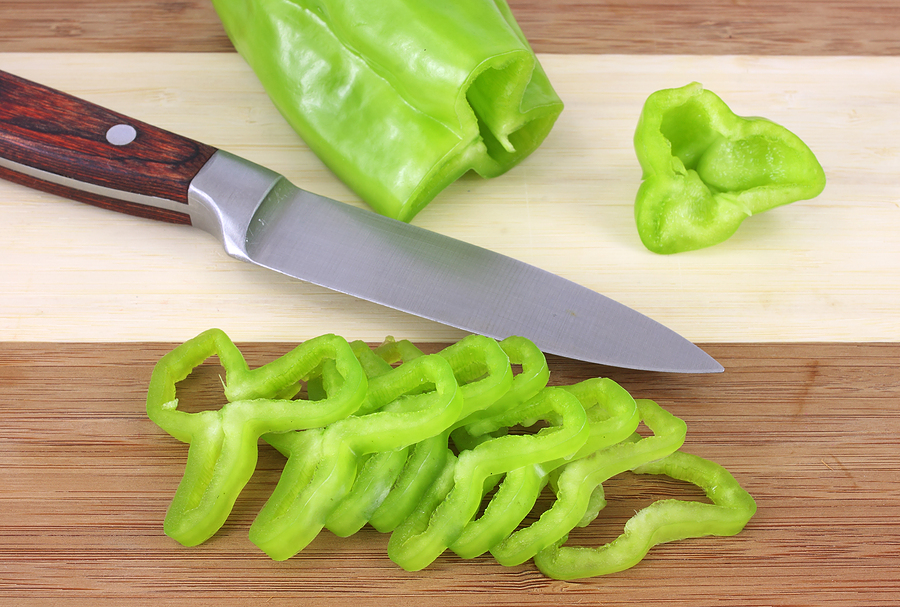
2. Use Proper Cutting Techniques
When working with hot peppers, cutting them properly can also help minimize the spread of capsaicin. I’ve learned over time that the fewer cuts you make, the less capsaicin is released into the air and onto your cutting surface. Here’s how to reduce exposure:
- Cut peppers carefully: When slicing or dicing peppers, use a sharp knife to minimize crushing the pepper and releasing excess capsaicin. A dull knife can mash the pepper and release more oils.
- Remove the seeds and membranes: Capsaicin is concentrated in the seeds and the white membranes inside the pepper. By removing these parts before cooking or eating, you reduce the overall heat of the pepper, which can make handling easier. To remove the seeds, cut the pepper in half and use a spoon or your fingers to scrape them out.
I’ve also found that wearing an apron helps minimize skin exposure to capsaicin, particularly if you’re chopping a large number of peppers. If your apron has long sleeves or covers your arms, you’re further reducing the risk of contact with your skin.
3. Clean Up Immediately After Handling Peppers
After cutting or touching hot peppers, it’s essential to clean your hands, cutting board, and utensils immediately. I’ve learned the hard way that lingering oils can transfer onto other surfaces and skin, causing burns or irritation later on.
- Wash with soap and water: While it might seem like a simple step, thoroughly washing your hands with soap and warm water is key. Some people suggest using oil or vinegar to break down the oils from the capsaicin, but I’ve found that a good old-fashioned soap and water wash does the trick.
- Disinfect your cutting board and utensils: After cutting hot peppers, wipe down your cutting board and knives with warm soapy water or disinfectant to prevent the oils from lingering and transferring to other food items or your skin.
It’s also important to wash anything that came into contact with the peppers, like kitchen towels or gloves, as capsaicin can remain on surfaces for hours, or even days, if not cleaned properly.
4. Handle Hot Peppers in a Well-Ventilated Area
Capsaicin can be released into the air when chopping or slicing hot peppers, which may irritate your respiratory system or eyes. Over the years, I’ve found that handling hot peppers in a well-ventilated area is one of the simplest ways to reduce the risk of airborne irritation.
- Use a fan or open a window: A fan or open window can help move the capsaicin-infused air outside and prevent it from lingering in your kitchen.
- Consider working outdoors: If you’re handling a large number of hot peppers, consider taking the task outdoors. This can be especially helpful if you’re processing peppers for drying or making large batches of hot sauce.
The more airflow you have, the less likely the capsaicin is to accumulate in your kitchen or workspace, reducing the risk of accidentally breathing in the heat.
5. Dealing with Burns: How to Soothe Your Skin
Sometimes, despite all precautions, a bit of capsaicin makes its way onto your skin. In those instances, it’s important to know how to relieve the burning sensation. Over the years, I’ve tested a few methods to soothe pepper burns, and here’s what I’ve found works best:
- Milk: The fat in dairy products can help dissolve the capsaicin oils, offering relief from the burning sensation. I’ve had success soaking my hands or the affected area in a bowl of milk, or rubbing milk directly on the skin.
- Vegetable oil: Capsaicin is oil-based, so applying vegetable oil to the affected area can help break it down. Once you’ve applied the oil, wipe it away with a paper towel, and wash the area thoroughly with soap and water.
- Aloe vera: If you’ve experienced a more intense burn, aloe vera gel can provide cooling relief, similar to how it works on sunburns.
- Avoid water: Unlike milk or oil, water won’t remove capsaicin. In fact, it can spread the oils further across your skin, making the burn worse.
While these methods can help ease the discomfort, it’s important to remember that capsaicin burns aren’t permanent. The pain should subside within an hour or two, though it may linger for longer in sensitive areas like your eyes.
Final Thoughts
Handling hot peppers doesn’t have to be a painful experience. With the right techniques and a little caution, you can safely work with these fiery fruits without burning your skin. From wearing protective gloves to cleaning up immediately after handling, these simple practices can make your pepper prep safer and more enjoyable. As someone who’s spent years growing and harvesting hot peppers, I can confidently say that by following these tips, you can handle peppers without the burn, making it easier to enjoy the heat in your cooking, sauces, and spice blends.
🌶 Peppers Growing Hub
Start here:
- How to Plant and Grow Hot Peppers: A Gardener’s Guide to Spicy Success
- How to Grow Sweet Peppers: A Gardener’s Guide to a Bountiful Harvest
Getting Peppers Started (general prep)
- Seed Starting Peppers: Proven Method for Strong, Healthy Plants
- Soil Preparation for Peppers: The Secret to Strong Roots and Big Harvests
- Best Hot Pepper Varieties to Grow for Salsas, Sauces, and Drying
- Best Sweet Pepper Varieties to Grow
- World’s Hottest Peppers You Can Grow in Your Garden
- The Science of Pepper Heat: Understanding Scoville Units
- Growing Peppers Indoors Under Lights
- Companion Planting with Peppers: Best and Worst Neighbors in the Garden
Planting & Growing Peppers
- When and How to Transplant Pepper Seedlings Outdoors
- 10 Steps to Grow a Bumper Pepper Crops
- How to Grow Hot Peppers in Containers: Tips for Small Spaces
- 7 Tips for Growing Peppers in Pots
- How to Grow Colored Bell Peppers: How to Get Reds, Yellows, and Oranges
- Cross-Breeding Hot Peppers at Home: A Beginner’s Guide
- How to Water & Fertilize Sweet Bell Peppers for Maximum Yield
- Pruning Pepper Plants for Healthier Growth and Bigger Harvests
- Six Tips to Grow Peppers for Flavor
- Pepper Season Extension & Overwintering: How to Keep Plants Producing Longer
Pepper Care & Troubleshooting
- Pepper Pests, Diseases, and Problems—How to Fix Them Naturally
- Caring for Peppers: Mid-Season Problem Cures
- How to Increase the Heat of Hot Peppers Naturally
- Overwintering Pepper Plants Indoors
- How to Overwinter Pepper Plants in Any USDA Zone
Harvesting & Preserving Peppers
- When to Harvest Hot Peppers for Maximum Heat
- How to Harvest Sweet Peppers for the Best Flavor
- How to Preserve Hot Peppers: Drying, Fermenting & Pickling
- How to Ripen Green Peppers Indoors
- Saving Pepper Seeds for Next Year’s Crop
Cooking & Using Peppers
- Preparing and Serving Sweet Peppers – Harvest to Table
- Five Ways to Cook and Serve Chili Peppers
- Stuffed Peppers: Best Varieties for Cooking
- Cooking with Hot Peppers: Flavor & Safety Tips
- How to Handle Hot Peppers Without Burning Your Skin
Books to help you grow:

